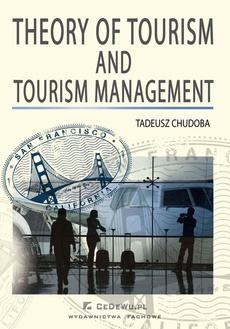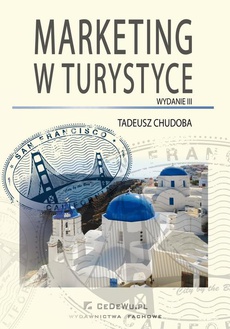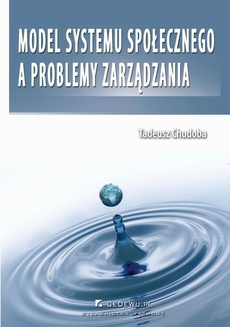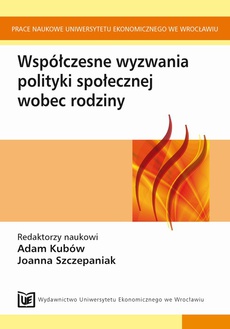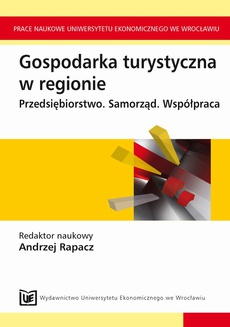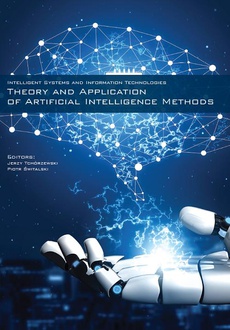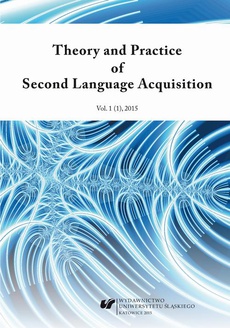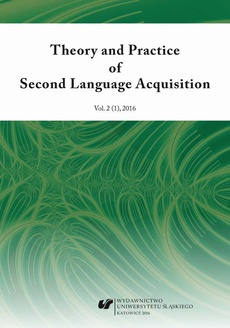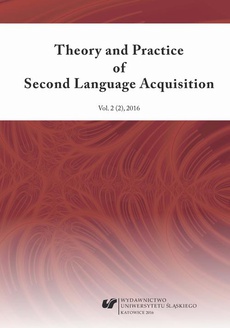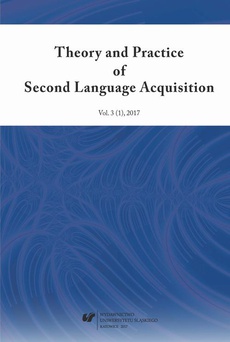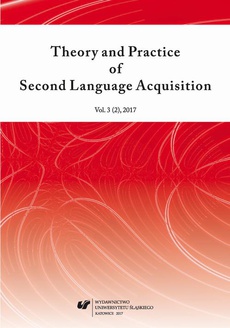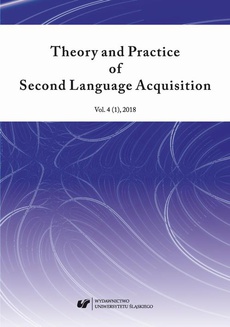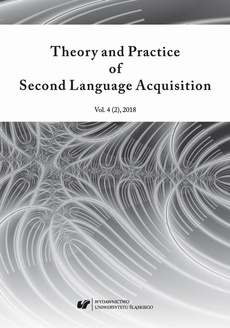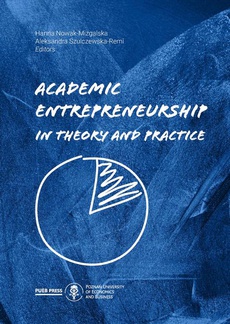| Chapter 1. Introductory problems 15
1.1. Introduction 15
1.2. Determination of the objective of this work 16
1.3. Need for a tourism reality theory 16
1.4. Specificity of tourism management 17
1.5. Usefulness of the different management options in tourism management 18
1.6. Literature 20
1.7. Constructional assumptions 20
| |
| | |
| PART I. ANATOMY OF THE TOURISM REALITY PHENOMENA 23
| |
| Chapter 2
Forming a basic formation of the tourism reality 25
2.1. Forming a model of tourism reality 25
2.1.1. Definitions of the terms ?system? and ?tourism reality? 25
2.1.2. Systematization of the basic tourism reality phenomena 27
2.1.3. Forming the terms creating the basic coupling formation 30
| |
| Chapter 3
Tourism reality in the shape of two formations 37
3.1. Components of the tourism reality as two formations 37
3.2. Definitions of the tourism reality as two formations 40
| |
| Chapter 4
Tourism reality as two subsystems: tourism and tourism management 45
4.1. Creating formations 45
4.2. Formulating the definitions of the above-mentioned subsystem 48
| |
| Chapter 5
Tourism in the form of two subsystems 59
5.1. Creating subsystems: tourist movement and tourist movement service 59
5.2. Formulating definitions of the tourist movement and tourist movement service 62
| |
| Chapter 6
Conclusive results of a reductive description of the basic tourism phenomena 69
6.1. Forming the four subsystems of tourism 69
a) Creating formations of cultivating touring and organization touring 69
b) Creating formations of direct and indirect tourism service 71
6.2. Formulating definitions of the four basic tourism phenomena 75
a) Definitions of cultivating touring 75
b) Definitions of organization touring 83
c) Definitions of direct tourism service 87
d) Definitions of indirect tourism service 91
e) Model of tourism as four subsystems joined together 94
| |
| Chapter 7
Separating subsystems directing and steering tourism 97
7.1. Separating the basic kinds of tourism management 97
7.2. Creating formations of tourism management 99
7.2.1. Main requirements necessary for the functioning of the social formation of tourism management 99
7.2.2. Character of relations which occur in tourism management between the elements of social formations 101
7.2.3 Defining the means of managerial activity 103
7.3. Definitions of the tourism management subsystems 103
| |
| Chapter 8
Separating four subsystems of tourism managment 109
8.1. Lower level tourism management 109
8.2. Middle level tourism management 114
8.3. Strategic management in tourism 117
8.4. State-controlled tourism management 122
8.5. Characteristics of the specificities and cognitive values of the previously distinguished groups of definitions 126
8.5.1. Differences in the character of the formulated definitions 126
8.5.2. Structure of the definitions drawings 127
8.5.3. Cognitive values of the formulated definitions 128
8.5.4. Institutions managing touring 128
8.6. Four directions of tourism management as one system 129
8.7. Direct results of this work 129
| |
| Chapter 9
Tourism reality in the light of the general tourism theory 131
9.1. Different degrees of the generality and minuteness when viewing the phenomena of the tourism reality 131
9.2. Value of the tourism reality seen from the different degree of totality versus minuteness 132
9.2.1. Tourism reality as one organizational-functional system 132
9.2.2. Tourism reality as a complex of two subsystems ? tourism and tourism management 133
9.2.3. Tourism reality as consisting of two basic and two managerial subsystems 134
9.2.4. Tourism reality as a complex of eight subsystems ? four basic tourism activities and four basic directions of tourism management 134
9.3. Different faces of the world of the tourism reality phenomena 135
9.3.1. Values of the structural point of view 135
9.3.2. Anatomy of the tourism system phenomena 135
9.3.3. Functional point of view 136
9.4. Components of the world of the tourism reality 137
9.5. Functional typology of the elements of the tourism reality 137
9.6. Basic types of the tourism system phenomena 138
9.7. Internal structure of the tourism reality phenomena 139
| |
| | |
| PART II. MANAGERIAL PROCESS IN TOURISM 141
| |
| Chapter 10
Forming the organizational structure of the tourism management system 143
10.1. Current developing stage of the tourism managerial structure 143
10.2. Basis of the specifics of the regional structures of POT 144
10.3. Typology of the route organizational tourism structures 145
10.4. Regional structure of tourism service organization 145
10.5. Autonomous aims of the regional tourism organizations 146
10.6. Probable expected results from the fact of the existence of a regional tourism organizational structure 146
10.7. Existence of organizational culture in an organization within a tourism structure 146
| |
| Chapter 11
Needs and motives of cultivating touring as the bisis for drafting the social aims of tourism management 149
11.1. Needs, wants and motives 149
11.2. Needs and conditions for fulfilling tourists needs 152
11.3. Basis for typology of the main components of a complementary tourism market 153
| |
| Chapter 12
Social aims of tourism management 155
12.1 Place of the idea of forming and functioning of the complementary tourism market in the substantiation of the social aims of tourism management 156
12.2. Notion of the complementary tourism market 156
12.3. Relativity of the notion of the complementary tourism market 158
12.4. Aim or complex of basic aims of the tourism management 159
12.5. Secondary aims of tourism management 161
12.6. Managerial aims directed towards means or resources 161
| |
| Chapter 13
Conditions for the effective and efficient running of the managerial process 163
13.1. Introduction 163
13.2. Basics for the consideration of tourism management 163
| |
| Chapter 14
Tourism and tourism management 165
14.1. Introduction 165
14.2. Substantiation of the degree of meaning of directions of tourism management 166
14.3. Subject of tourism management 167
| |
| Chapter 15
Higher level tourism mangement 169
15.1. Basic directions of strategic tourism management 169
15.2. One or many aims of strategic tourism management 169
15.3. Strategy of forming a complementary tourism market 170
15.4. Definition of the premises for formulating strategic plans for forming a complementary tourism market 171
15.5. Strategic management to form demand for attendance in tourist excursions 172
15.6. Cadre strategic management 173
15.6.1. Basis for a rational cadre policy 174
15.6.2. Different methods to obtain the necessary cadre 174
15.7. Strategic management in services 175
15.8. Strategies creating conditions for functioning of a complementary tourism market 175
15.9. Place of strategic control in tourism management 176
15.10. Strategic financial management 176
| |
| Chapter 16
State-controlled tourism management 177
16.1. Tourism development supported by the highest state and government institutions 177
16.2. Policy of the state or self-government administrative bodies 178
| |
| Chapter 17
Middle level tourism managment 179
17.1. Harmonisation of functionality of a local complementary tourism market 179
17.2. Supporting the activity directed towards the growth of the assortment and quality of the services provided 180
17.3. Activities supporting the efficient and effective process of harmonization of a functioning of a complementary tourism market 180
| |
| Chapter 18
Lower level tourism management 181
18.1. Specifics of lower level management 181
18.2. Lower level tourism management in providing services 182
18.3. Structure of the process of providing services 182
18.4. Core product of the basic kinds of services 183
18.5. Services connected with business journeys 184
18.6. Lower level management with reference to travel agency companies 184
| |
| Chapter 19
Summarising the results of the considerations 187
PART III. ACTIVITY PROMOTING TOURISM MANAGEMENT 191
Introduction 192
| |
| Chapter 20
Model of knowledge about the tourism system, the base for builing a thesaurus of the tourism data bank 193
20.1. Need for knowledge about the tourism system phenomena 193
20.2. Notion of knowledge about the tourism system as the basis for building a thesaurus of the tourism data bank 193
20.3. Assumptions laying the foundations for constructing a thesaurus of the tourism data bank system 194
20.4. Knowledge about cultivating touring 195
20.5. Knowledge about touring organization 196
20.6. Knowledge about direct tourism service 197
20.7. Knowledge about indirect tourism service 197
20.8. Knowledge about lower level tourism management 197
20.9. Knowledge about middle level tourism management 198
20.10. Knowledge about higher level tourism management 198
20.11. Knowledge about state level tourism management 198
20.12. Summarising 199
| |
| Chapter 21
Method of identifying the main scientific disciplines for tourism system 201
21.1. Introduction 201
21.2. Two points of view regarding the meaning of sciences connected with the tourism system knowledge 201
21.3. Science or knowledge about tourism basic phenomena 202
21.4. Disciplines connected with tourism management 204
| |
| Chapter 22
Qualification model of the managerial cadre in tourism 205
22.1. Basic components of the model of cadre qualifications 205
22.2. Place of cadre typology in research of the level of qualification 206
22.3. Place of personality values in the model of the cadre qualification 207
22.4. Knowledge about lower level tourism management 207
22.5. Knowledge about higher managerial levels of the tourism reality 208
22.6. Specialist knowledge about tourism management 208
22.7. Model of the lower level tourism management cadre 209
22.8. Cadres of indirect tourism leading 210
22.9. Model of the cadre qualification of strategic tourism management 210
22.10. Model of the cadre qualification of oblique tourism management 211
| |
| Chapter 23
Necessary research directions and the method of identifying the tourism potential 213
23.1. Specific versions of forming tourist regional physical plans 213
| |
| | |
| VOCABULARY OF THE NOTIONS USED IN THE BOOK 215 | |
| |

